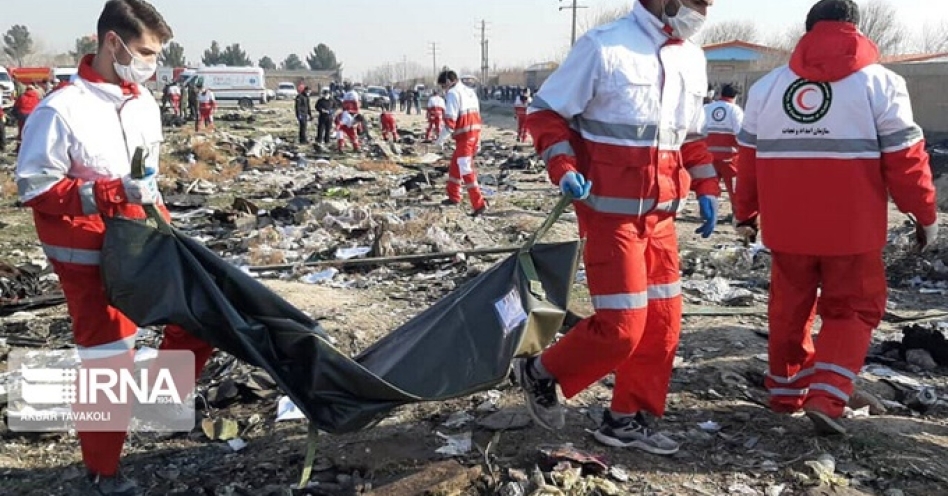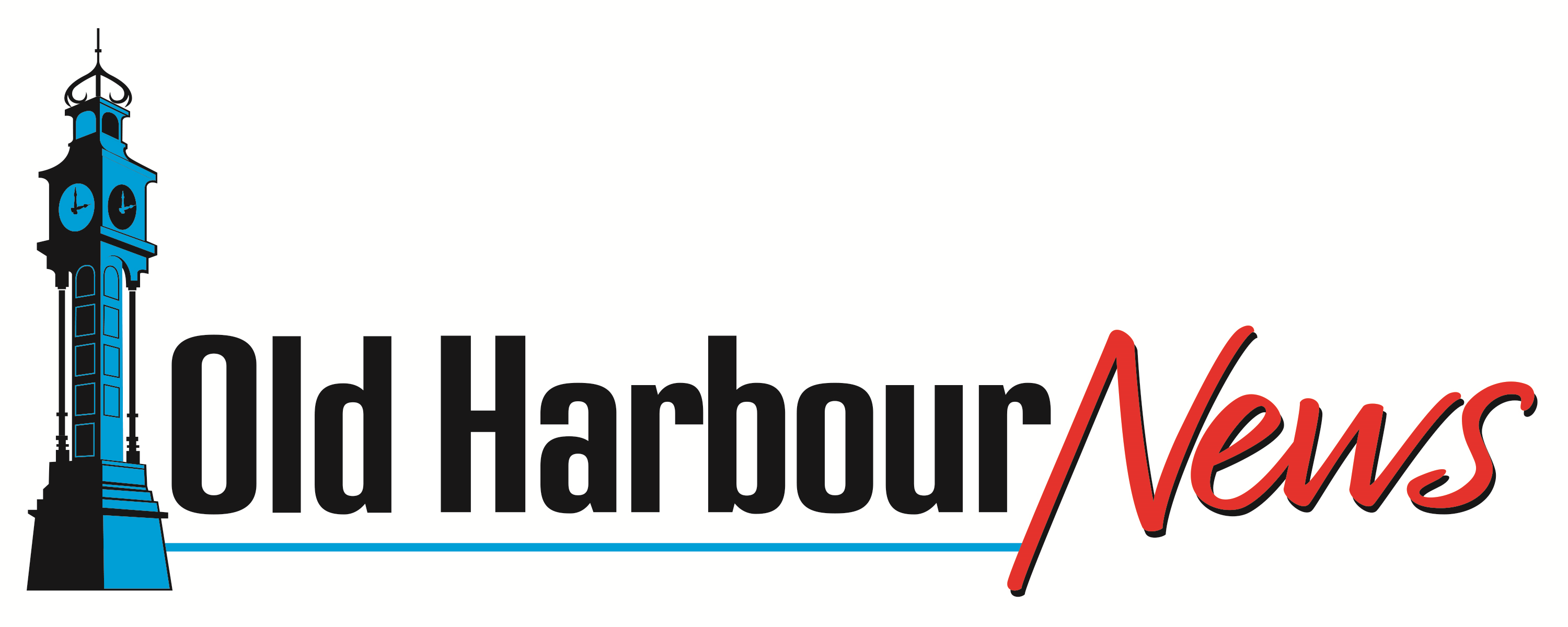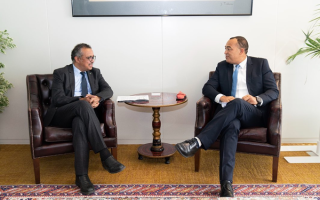Crisis Communication Study: Iran catching up with jetliner crash
Article By: Byron Buckley
-

- Jan 13, 2020 01:25 PM | Commentary

Workers going through the crash site after Iran’s military accidentally shot down Ukrainian jetliner over Tehran killing all 176 people aboard on January 8, 2020. (Image Credit: IRNA)
After three days of denial, the Iranian government and military eventually disclosed that they mistook the airliner as an incoming cruise missile during the Iranian military firing of missiles on two military bases housing United States troops in Iraq.
The first lesson to note is that the Iranian officials struck a contrite and apologetic tone in their utterances, no doubt influenced by the fact that 82 countrymen are among those who perished, and which has triggered street protests.
 “I wished I was dead,” said General Amir Ali Hajizadeh, head of the aerospace division of Iran’s Revolutionary Guard, in a broadcast on state TV describing his reaction after realising that his unit had shot down the commercial jetliner. Iran’s supreme leader, Ayatollah Ali Khamenei has also been apologetic, expressing his “deep sympathy” to the families of the victims.
“I wished I was dead,” said General Amir Ali Hajizadeh, head of the aerospace division of Iran’s Revolutionary Guard, in a broadcast on state TV describing his reaction after realising that his unit had shot down the commercial jetliner. Iran’s supreme leader, Ayatollah Ali Khamenei has also been apologetic, expressing his “deep sympathy” to the families of the victims.
In its response to the raging crisis, Iran has adopted a ‘Rebuilding Posture’, posited by Timothy Coombs in his 2011 book ‘Ongoing Crisis Communication: Planning, Managing, and Responding’. The Rebuilding Posture seeks to reduce the impact of the crisis on victims through strategies such as issuing apologies and offering compensation. Iran appears amenable to requests from Canada’s Prime Minister Justin Trudeau and Ukraine’s President Volodymyr Zelenskiy for compensation to the families of victims in the doomed jetliner, which includes 57 Canadians and 11 Ukrainians.
The second crisis communication strategy employed by the Iranians is to deflect blame for the accident to the charged environment caused by America’s assassination of General Qassem Soleimani in an airstrike in Iraq. In his televised address, General Hajizadeh said air defences were at the “highest level of readiness,” and “were prepared for an all-out conflict,” fearing the U.S. might retaliate. President Hassan Rouhani also joined the deflection strategy, placing some of the blame for the downing of the aircraft on “threats and bullying” by the U.S.
Deflecting blame is akin to the ‘Diminishment Posture’, postulated by Coombs as part of his Situational Crisis Communications Theory. This response involves, among other strategies, excuses that the perpetrator had little or no control over the cause of the crisis. The Iranian military spokesman even shunted some blame towards the country’s civil aviation authority, intimating that he had alerted them to clear the airspace over Tehran.
The Iranian Government also indicated that it would fully investigate the incident and apply sanctions were applicable. This approach, along with the participation of investigators from Western countries, demonstrated transparency and accountability, which is crucial for building the trust of especially Iranians in the investigative process.
Thankfully, Iran abandoned its initial ‘Denial Posture’. This puts it in a more favourable position in comparison to Russia’s continued denial that it or its proxy militia was responsible for the fatal missile attack on Malaysian Airlines Flight 17 over Ukraine in July 2014.
Byron Buckley is a media and communication specialist for more than 30 years. Visit Prangle Media to read his blogs or send feedback to editorial@oldharbournews.com.
























